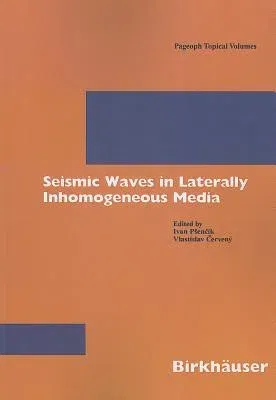Vlastislav Cerveny Ivan Psencik Academy of Sciences of the Czech Charles
University Republic Faculty of Mathematics & Physics Geophysical
Institute Dep. of Geophysics Bocni II, 1401 Ke Karlovu 3 14131 Praha 4
12116 Praha 2 Czech Republic Czech Republic e-mail: ip@ig. cas. cz
e-mail: vcerveny@seis. karlov. mff. cuni. cz (c) Birkhauser Verlag,
Basel, 2002 Pure appl. geophys. 159 (2002) 1403-1417 I Pure and Applied
Geophysics 0033-4553/02/081403-15 $ 1. 50 + 0. 20/0 Coupled Anisotropic
Shear-wave Ray Tracing in Situations where Associated Slowness Sheets
Are Almost Tangent l P. M. BAKKER Summary- For shear waves in
anisotropic media a frequency-dependent transport equation is derived,
which involves coupling of both shear modes if the slowness vector
points in adirection for which the associated slowness surfaces are
(almost) tangent. This is achieved by averaging the Hamiltonians for
both uncoupled shear modes. No assumption on weak anisotropy is made,
and the shear polarisation is perpendicular to the P-wave polarisation
for the actual slowness direction instead of an isotropically
approximated P-wave polarisation. These are the main differences
compared with the so-called zero-order quasi-isotropic approach. Key
words: Anisotropy, ray tracing, shear wave. J. Introduction Reliable
modelling of polarisations for shear waves in anisotropic media is
relevant in the context of imaging mode-converted (OBCjOBS) data in
cases where not only poSY, but also poSH conversions take place. In such
situations it may be necessary to use the polarisation direction for
consistent continuation of the different wave modes and for appropriate
imaging.

